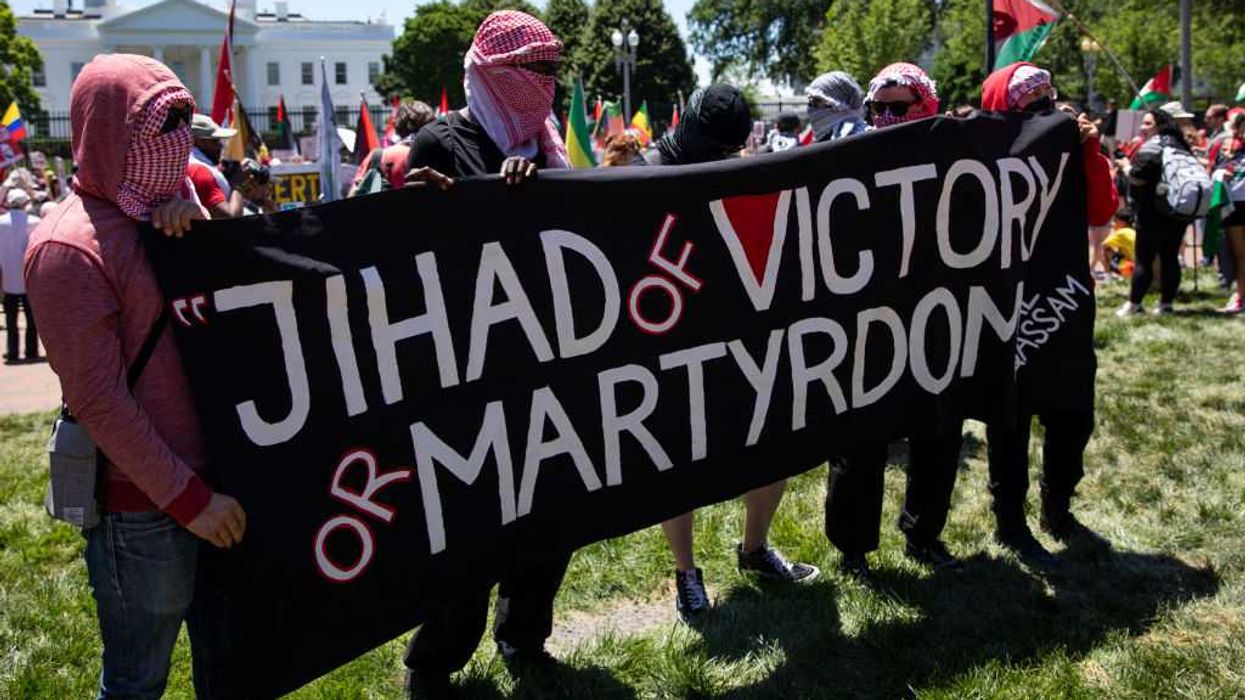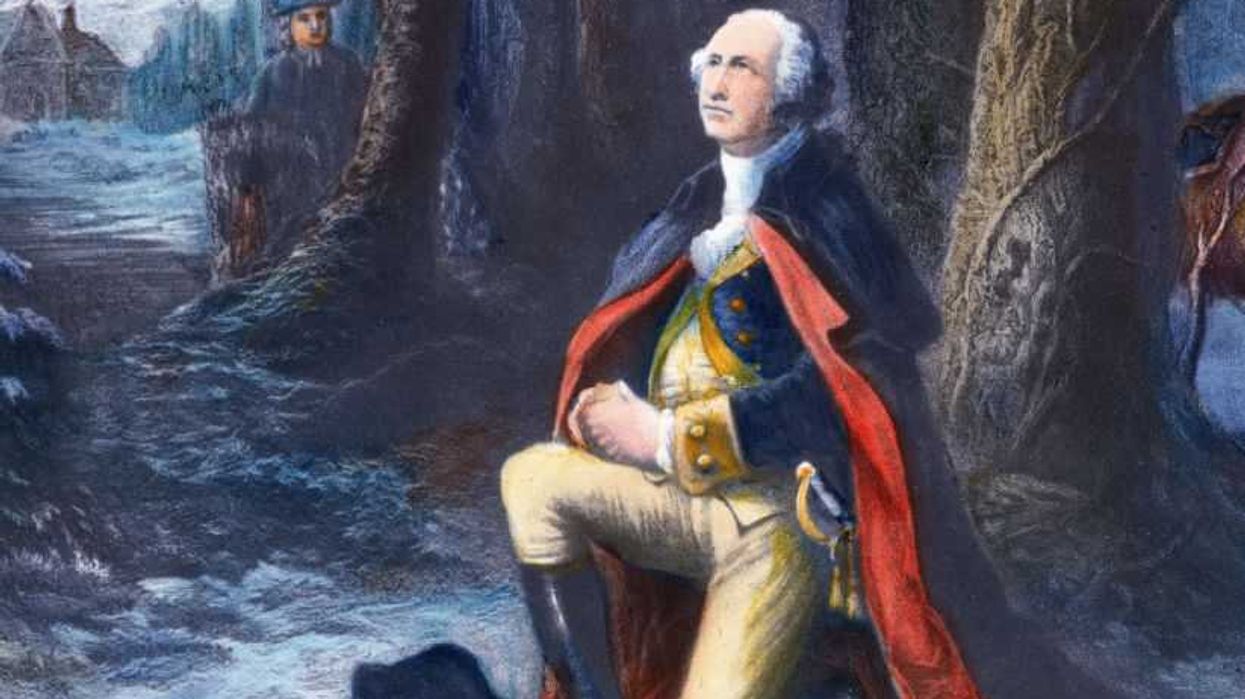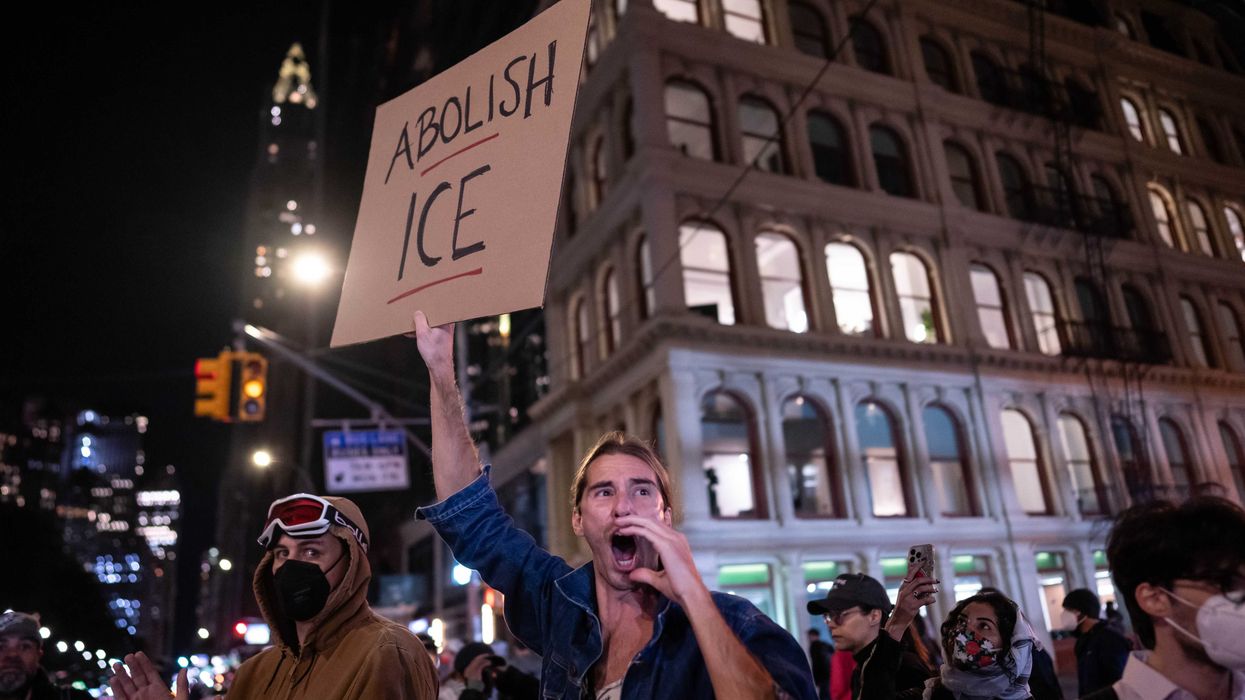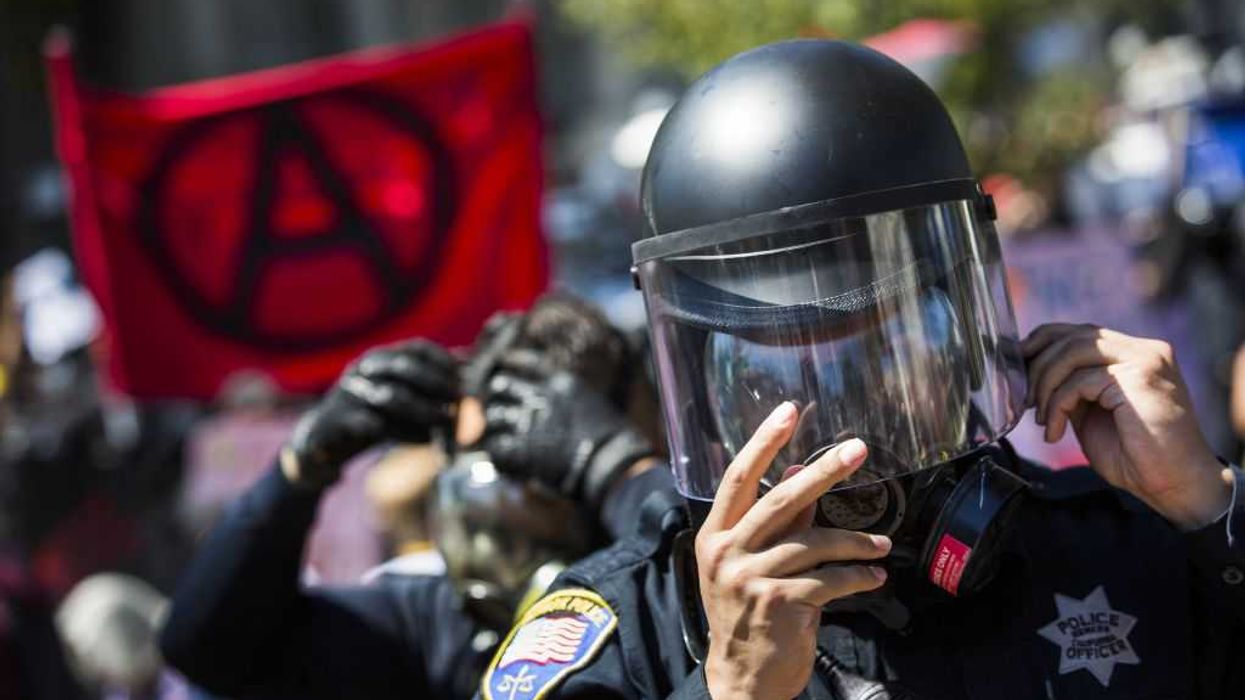Here's something you're not seeing reported in the news: the Big Bang may not have ever happened. New research posits that the universe may have existed forever, noting that general relativity can only explain what happened after the Big Bang, not during or before.
Get all the details HERE and scroll down for analysis from Glenn.
GLENN: Oh.
PAT: The science is settled. It's absolutely settled.
GLENN: This should be gigantic news. New quantum studies have shown that there is no such thing as the Big Bang.
STU: Yeah, it didn't happen. Why are you such a big science denier and think this didn't happen.
PAT: Because yesterday you were asking, why are you denying there was a Big Bang. But now you're asking, why are we denying that there wasn't and saying that there was. Yeah, the science is in. It's conclusive.
STU: We know the universe has existed forever. It's eternal.
GLENN: Is that a quote?
STU: The universe may have existed forever, according to a new model that applies quantum correction terms to complement Einstein's theory of general relativity. The model may also account for dark matter and dark energy, resolving multiple problems at once.
PAT: It's the only way they could resolve the math. They could not get the math right.
GLENN: Because everything breaks down the closer you get to the Big Bang.
PAT: Yes.
GLENN: So all physics breaks down.
PAT: Yes. And it certainly breaks down during and prior to the Big Bang because they don't have any clue as to what was before it, how it happened, how this matter formed, what caused it to expand, they don't know any of that.
STU: Right. This brings up the question as to what exactly caused this to exist, if it's been there forever. What came before it?
PAT: Right.
STU: And as always, there's no answer to that.
PAT: Right.
STU: At least the Big Bang --
PAT: But they know everything, but shut up and believe everything they say every day about climate change and everything else because they always know, until they don't. Then now they do.
GLENN: This is huge news! The Big Bang has been discredited?
STU: I mean, maybe some of those are holding on to the antiquated ideas of the Big Bang. But this is a legitimate study.
PAT: Legitimate stuff. It's really fascinating to read the article. It almost sounds like a Sunday school class.
GLENN: Yeah, "the universe is eternal."
PAT: Yeah. It's interesting.
STU: And how many times have we heard the Big Bang -- like, you're a complete idiot if you don't believe exactly in the Big Bang as described.
Listen to this quote: The Big Bang singularity is the most serious problem of general relativity because the laws of physics appear to break down there. As Glenn was just describing, they knew the whole time that it couldn't have possibly happened the way they were describing it, but you still were an idiot for not believing it their way.
PAT: Yes.
GLENN: That's unbelievable.
PAT: Yes. Yes. So they picked this arbitrary. It's not arbitrary. I mean, they used mathematics to figure it out. But they believed it was 13.8 billion years ago that the Big Bang happened. And now, not so much. It's always been here.
[laughter]
Oh, wait. Well -- what happened to create it then? Who did that?
GLENN: You know, you are such a science denier.
PAT: I know. I know. I know.
GLENN: You want to talk about flat earther. Here's the guy who thinks the universe is 13.6 billion years old?
PAT: .8.
GLENN: It's been here forever.
PAT: That's what they'll start saying to the Big Bang theorists. That's what they'll say to them now.
GLENN: No. They won't say that. They won't say that. I think the exact opposite is happening. I think the Big Bang, they will not let go of.
STU: I think you're right.
GLENN: The Big Bang stays.
STU: They'll keep it around for a while.
PAT: Because they have no other explanation for anything. They have to have it.
GLENN: And the Big Bang has been so good at discrediting an eternal being.
PAT: Right.
STU: Like dinosaurs left the earth for a myriad of reasons until they all decided to leave the earth because of meteors that left the earth. I remember seeing that on the cover of TIME Magazine. And it was in the '80s where that's where that came to be. We all realize that, okay, now the accepted thing is that they left because of meteors. But that was never the -- before that, that was not the truth. But scientists were always right in that entire process. They were right until they changed their mind. And they were right again. And only they knew they were wrong before. But they're not wrong then. They're only wrong then now obviously.
PAT: Don't make me go all Piltdown Man on you.
STU: Are you going to do it?
GLENN: Do it. Do it. Do it.
PAT: I might do it.
Okay. For 40 years, for 40 years, scientists believed they had found the missing link. The evolutionary missing link. And they found this skull. And they named him Piltdown Man. And Piltdown Man was the link between primordial man and humans.
Okay. So whatever ape-like creature that we were, this is the link, and then there was us. And for 40 years in the early 20th century, they believed this.
And then in the 1940s, '42, 43-ish, in there somewhere, someone came around and said, this skull is part plastic. I don't think this is actual human bonage here. It seems to be plastic. And they're like, okay, yeah, that wasn't the missing link. Forty years scientists believed that.
GLENN: That can't be true because plastics were new in the 1920s. So either your time is off --
PAT: The timing may be off.
GLENN: Yeah. It is.
PAT: It might be. But it was 40 years, and it was partially plastic. It was partially man-made. Perhaps it was some other sort of polymer.
GLENN: I hate to be a Piltdown Man denier.
PAT: Piltdown Man -- turns out to be a hoax.
STU: It definitely was a hoax.
PAT: It was a hoax.
STU: This is on the Pat Gray best of.
PAT: Oh, yeah. This is on the rotating list.
STU: One of his biggest hits. A lot of times this is the encore at the concert for Pat.
GLENN: He's like, good night, everybody. And they're like, Piltdown! Piltdown! Piltdown! Piltdown!
[laughter]
Okay. I think it was the 1940s.
PAT: For 40 years!
[laughter]
It's like, a long, long time ago.
[laughter]
GLENN: All right. I can't believe he didn't start with Piltdown.
PAT: I will find out exactly what it was made of. Skull fragments. Jaw bone. I'm not seeing what it's made of yet, but I will. I will.
GLENN: Interesting. Interesting.
PAT: I will.
GLENN: And this is the same guy just a few minutes ago said the universe was 13.8 billion years old.
STU: Sucker. This guy will fall for anything that we all believed for decades.
GLENN: What a dope this guy is.
PAT: How long has the Big Bang theory existed? It's been pretty long.
STU: It's been number one for several years.
GLENN: Didn't Hawking have something to do with that? Because Hawking was the one who kind of tried to roll the universe back. Right?
Does anybody know?
PAT: I'm not sure. I don't know.
STU: I don't know the answer to that.
GLENN: I think he was the one who said, let's roll it back. It's expanding. Let's roll it back.
PAT: It's part of the general relativity of Einstein's theory. So he may have started it. And Hawking may have tweaked it. I don't know.
STU: Yeah, because you had the period of 380,000 years of an afterglow light pattern. Then the dark ages. Then the first stars were about 400 million years in. Then the development of galaxies and planets. Dark energy accelerated expansion to today. Of course, that's -- I should say, that's what we believed last week. Now we know it's stupid.
PAT: Completely nonsense.
STU: That was -- it's idiotic now. We can all look back to those times last week when we believed there was a Big Bang.
GLENN: This is such big news. It should be on the front page of everything. The Big Bang isn't right.
[laughter]

 AASHISH KIPHAYET / Contributor | Getty Images
AASHISH KIPHAYET / Contributor | Getty Images
 Harold M. Lambert / Contributor | Getty Images
Harold M. Lambert / Contributor | Getty Images Adam Gray / Stringer | Getty Images
Adam Gray / Stringer | Getty Images Anadolu / Contributor | Getty Images
Anadolu / Contributor | Getty Images